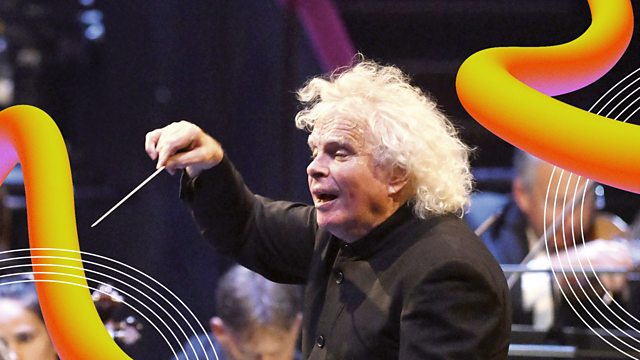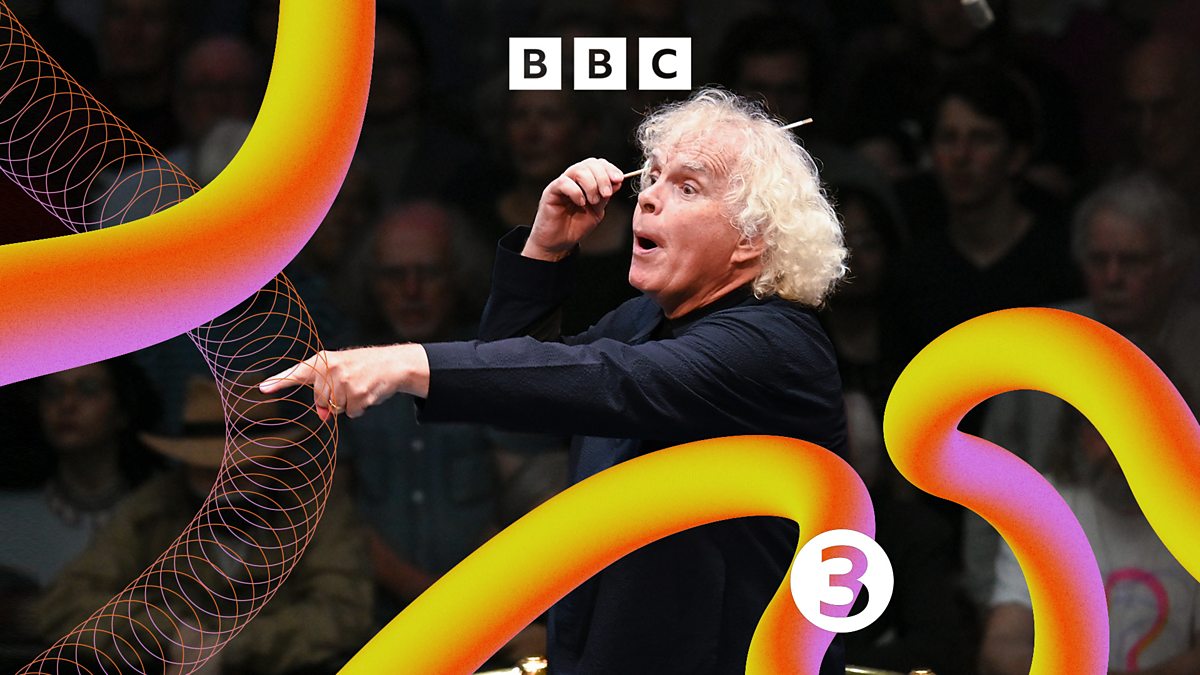Friday 6 September 2024
20:00
Royal Albert Hall
Mahler: Symphony No. 6 in A minor (second version; inner movements - Andante / Scherzo)
Bavarian Radio Symphony Orchestra
Sir Simon Rattle, conductor
20:00
Royal Albert Hall
Mahler: Symphony No. 6 in A minor (second version; inner movements - Andante / Scherzo)
Bavarian Radio Symphony Orchestra
Sir Simon Rattle, conductor





Comment